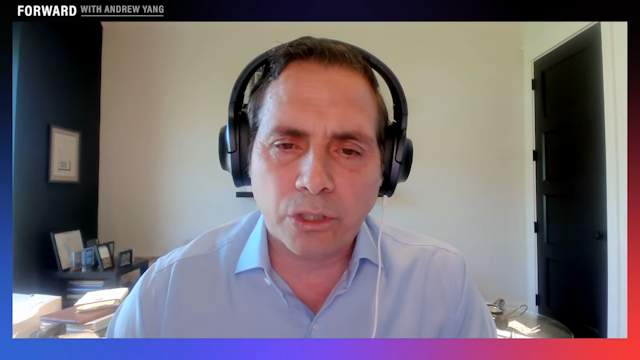Will a 51st State Be Created through Secession?

Secession, a word common 150 years ago, is once again gaining steam in several states. In the quest for a government that is more representative of the people, groups of different ideologies want to break away from the majority.
However, this separatist movement is unlike the days leading up to the Civil War; it is bloodless and involves regions of states separating from the state itself. Rural areas want to disconnect from urban areas; conservative groups want to break away from governments they feel are too liberal.
In Colorado, the story is playing out today.
Northern Colorado communities are trying to secede from the rest of the state, feeling that the urban and liberal legislators from Denver and Boulder have too much control over the purse strings of state government. They feel that the values they cherish are not in line with those of the Statehouse and, rather than continue to fight a losing battle there, they are choosing instead to attempt to go it alone.
The counties in northern Colorado have similar complaints to many other rural regions of the country – little attention is paid to rural communities while tax money continually funds the urban areas. Unlike many throughout the country, they are actively trying to change this.
In western Maryland, a group is looking to break away from the much more densely populated regions surrounding Washington, D.C., and Baltimore. Urban areas of Montgomery County, Prince Georges County, and Baltimore control much of the decision-making power. With a large chunk of tax money going to support these areas, some in western Maryland feel it is easier to combine some counties and start a new state than to win control of the Statehouse in Annapolis.
"The entire state is controlled basically by three jurisdictions," said Scott Strzelczy, leader of the Western Maryland Initiative. "That's not representative government. We don't think this government can be fixed."Of course, state secession is nothing new. Residents of Northern California have been fighting for a new state named “Jefferson” since 1941. Just as the movement was gaining attention, Japan bombed Pearl Harbor and any talk of an additional state was pushed aside until after World War II.
Residents of Michigan’s Upper Peninsula attempted to create a state named “Superior” (after Lake Superior). Their efforts can be traced back to 1858, but they died out for the most part in the 1970s.
As Jefferson and Superior show, the efforts to create a new state from portions of a current state are quite difficult. West Virginia was the last state to be created from another state, and this was almost entirely due to the issues of slavery and the Civil War.
With the way things are on Capitol Hill, the chances of a 51st state being created in Maryland or Colorado seem very slim.Though, if nothing else, these movements serve the purpose of showing the disparity between urban and rural representation while potentially elevating the discussion over what the purpose of state government should be. Today, those in Colorado have the chance to determine what having a "government of the people, by the people, and for the people" truly means.
[Correction] - The United States consisted of 48 states before WWII, an earlier version indicated there were 50.



